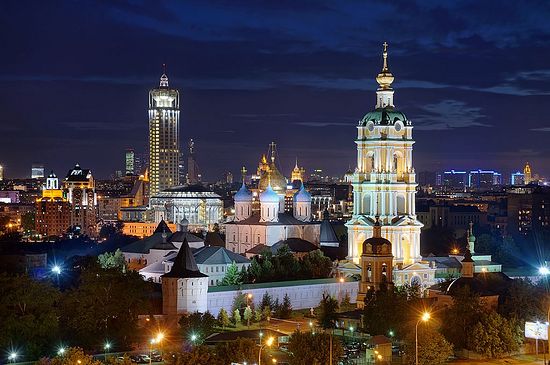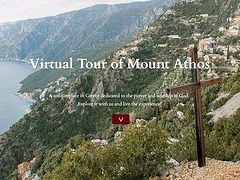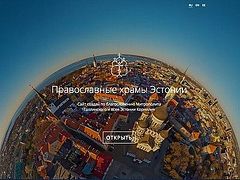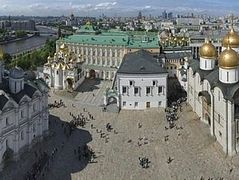Moscow, May 2, 2017
A new 3D virtual tour of Moscow’s famous Novospassky Monastery, developed by Google Street View, is now available on the monastery’s website.
The new tour, available under the “Паломникам” (“Pilgrims”) tab, offers panoramic views throughout the monastery, both inside and outside the several churches, as well as the famous 18th-century bell tower.
The monastery is known as the burial place of generations of Romanov boyars, which is also included in the virtual tour. Among those buried there are Ksenia Shestova, the mother of Michael Romanov, the first Romanov Tsar, and Grand Duke Sergei Alexandrovich of Russia, the seventh child of Tsar Alexander II, and husband to the Grand Duchess and New Martyr Elizabeth.
Work on the project began in the fall of 2016, and will continue upon completion of the restoration work underway in Novospassky Monastery, which is currently halfway finished according to the site of the Moscow mayor.
Novospassky Monastery is one of Moscow’s oldest. According to some accounts it was first established in the 1150s by the founder of Moscow, Prince Yuri Dolgoruky, south of the Moscow River, where the Danilov Monastery is currently located. The Savior Monastery was reestablished within the Kremlin walls in the 14th century by Grand Prince Ivan Kalita. The main church, The Savior in the Forest, was Moscow’s oldest surviving structure until it was destroyed by the atheist Soviets in the 1930s.
Grand Prince Ivan III moved the monastery to its current location on Krutitsky Hill overlooking the Moscow River in 1490, reconsecrating it as New Savior Monastery. The monastery was completely rebuilt in the 1640s upon the Romanov’s ascension to the Moscow throne, with most of the surviving buildings dating from that period.
The monastery was turned into a prison under the Soviet Union, and later a police drunk tank, before being assigned to an art restoration institute in the 1970s. The monastery was finally returned to the Russian Orthodox Church in 1991.





